The Knysna Turaco is a long-tailed bulky bird that is considered one of South Africa’s prettiest birds due to its true green and red feathers. These striking birds can only be found in a select few places in South Western South Africa, and owing to their green plumage can be quite hard to spot, not only to humans but also predators.
To those who get the chance of spotting one, the experience though hard it may be is worth it. And to those planning on visiting South Africa or are wild bird enthusiasts, then let’s get to know 7 facts about the Knysna Turaco.
1. They are also called the Knysna Lourie.
In South Africa, the Knysna Turaco is also called the Knysna Lourie. This bird belongs to the Turaco family of birds and is considered a large Turaco species.
2. Knysna Turaco Are Endemic to South Eastern South Africa.
The Knysna Turaco is endemic to South Africa and Swaziland in riverine forests, Afromontane forests and fynbos. In South Africa, they can be found in the provinces of Kwa Zulu Natal and the Eastern Cape. They are residents in the location they can be found in and are non-migratory.
Bird spotters looking for the birds can start in forested areas like Tsitsikamma, Knysna in the Garden Route, Amathole Mountains, and Hogsback.
In these mature forests, they can be seen flying in quick short bursts from tree to tree, and are extremely active during the day. The best time to spot them in these forests is from September to February during summer which is also the bird’s breeding season, as this is when the birds are more vocal and visible.
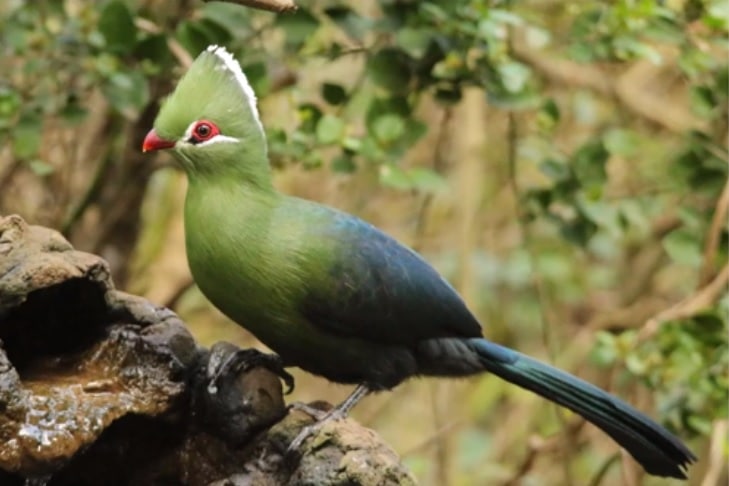
3. Turacos are the only birds to possess true red and green colours.
Turacos are special in that they have two copper pigments in their feathers that are not found in any other animal on Earth. The vibrant green comes from a pigment called, ‘turacoverdin.’ Other than this green pigment, they also have ‘turacin’ which is a red and copper pigment that is responsible for their vibrant red colours.
To know more about how birds get their colours and just how special Turacos are, then you can read the article on how birds get their colours on our blog.
The birds are quite unique, with their brilliant green and red feathers and long tails. The birds have a length of between 40 and 42 cm (15.7 and 16.5 in) from beak to tail.
Fully grown adults weigh between 280 and 380 gms ( 9.8 and 13.4 oz.). They have a small thick bill that is orange-red in colour, and a tall green crest tipped with white. Their crest is rounded and not pointed like the similarly coloured Livingstone’s Turaco.
The eye is brown and is surrounded by a red ring and two white stripes, one running under the eye and the other In front of the eye with a black stripe between these two white lines and in front of the eye.
The long and heavy tail is green, with dark green coverts while the primary wings are a bright red and are usually visible during flight.
There isn’t much differentiating between males and females as they are similar in appearance. Juveniles on the other hand look like the adults but they have a shorter crest without the white tips.
If you can’t spot one by sight, then be on the lookout for their loud cries which is used both as a form of communication and also as a way to defend their territories from rivals. The calls can be described as both beautiful and haunting and grating. These calls are loud and sound like, “ kow-kow-kow-kow”.
4. Knysna Turaco are frugivores.
Their primary source of food is fruits and berries, thus they can be classified as frugivores but will supplement this diet with seeds, earthworms, leaves and insects. These birds are well adapted to foraging in the trees, and you’ll spot them hopping from branch to branch in search of fruits.
The bird’s digestive system is also adapted to dealing with toxic compounds found in some of the fruits they eat. This allows them to eat from a wide variety of fruits and berries than other frugivorous birds.
Some of the recorded fruits consumed include common poison bush, fynbos star berry, red star apple, wild figs, cross berry, white Millwood, African almond and wild grapes.
5. They use their red coloured feathers to confuse and escape from predators.
The Knysna Turaco have true red and green pigments which means they blend in beautifully with their leafy green surroundings. They thus use their red colours when trying to evade predators.
When predators are chasing prey, they tend to focus on colours that are most conspicuous. When being chased by predators they will flash their red primary wings to attract predators then they fold these feathers to confuse and hopefully evade the predators. They are hunted by the black sparrowhawk and African goshawk.
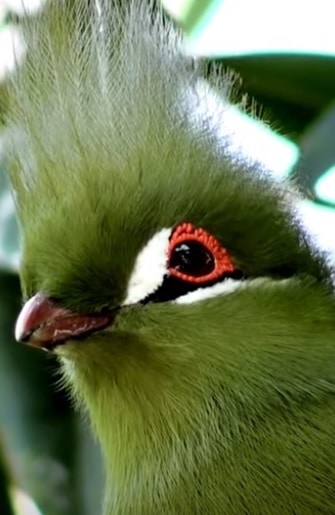
6. Fledgling chicks have claws on their wings to help them climb trees.
During the breeding season, the female usually lays two eggs in a shallow nest above the ground in the canopies made of sticks. The parents take turns incubating the eggs which take about 20-24 days before they hatch.
The chicks are born helpless, with thick down and nearly open eyes, and stay in the nest for 22 days. When they start adventuring outside the nest, the chicks have claws on their wings to help them climb trees and crawl through vegetation as their wings aren’t well-formed yet.
After 28 days they start flying and will the nest after 3 weeks after learning how to fly. The Knysna juveniles take about a year before getting their adult plumage.
7. They are believed to possess supernatural powers by the locals.
The Turacos are held in high regard by the local communities and particularly the Zulu. This may be due in part to their beautiful and vibrantly coloured feathers which are a sight to behold. Among the Zulu, the Green Turaco and other Turacos were said to have been the chosen symbol of the king.
Their colourful feathers were to be worn by the king and no one else. The birds are also believed to have some supernatural powers with some cultures associating the bird with good luck, fertility, and wealth.
Some also associate the birds with the ability to communicate with the deceased and is usually associated with the afterlife and death. The bird is also the chosen symbol for the Garden Route, featured in many artworks and literature of the region for decades.
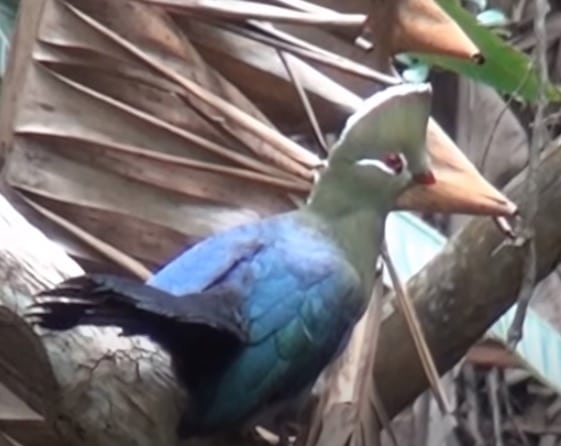
Conservation status
According to the IUCN, the Knysna Turaco is considered as near threatened, which is a downgrade to its status, as it was considered of least concern.
The main factor contributing to its decline in population is because of its specific habitat requirements; mature forests.
Many forests in South Africa are in decline due to deforestation for logging, agriculture and urbanization. This leads to habitat destruction and a reduction in the amount of food available for the birds. Also due to the bird’s beauty and rarity, they are a good candidate for illegal bird traders who capture the birds and trade them as pets on the black market.
These birds are a protected species in South Africa and when visiting, bird watchers should give them their space by observing them from a distance.
When bird viewing, it’s good to hire a local guide who will aid you in spotting these elusive birds. Local guides can offer insider insights into the bird’s habitat and behaviour. Also, hiring local guides goes a long way in boosting the local economy and helping in the conservation efforts towards the birds.
FAQS on the Knysna Turaco.
- What is the Knysna turaco in Afrikaans?
In Afrikaans the Knysna Turaco is known as the Knysnaloerie, in Xhosa they are called Igolomi, Hurukuru in Shona and Igwalgwala in Zulu.
- What is the meaning of Knysna?
Knysna derives its name from the Khoisan name which means place of fern leaves or wood.
- What makes turacos unique?
The most unique thing about turacos is their true colours. Their feathers have two pigments, turacin and turacoverdin which both contain copper and are responsible for their red and green colours. These colour pigments are so rich that, a turaco feather when put in water discolours it.
- Are Turacos friendly?
Turacos in general can make good pets if they are hand-reared early on. But they don’t make good indoor pets as they need a lot of space to run around and fly. But the Knysna Turaco is a protected species and isn’t, and shouldn’t the traded as a pet.
- What is their lifespan?
Not much is known about the Knysna Turaco in the wild, but in captivity these birds have been documented reaching up to 30 years.
- Do Turacos mate for life?
Turacos mate for life. During courtship, the male can even be observed to be feeding their mates. These pair build the nest together and take an equal part in taking care of the eggs and the chicks once they hatch.
Related article:
- How do colourful African birds get their colours?
- 9 Facts On The Cape Gannet Bird– Africa’s Plunge Diver
My Final Conclusion.
I hope that you enjoyed these 7 facts on the Knysna Turaco and if you have any more questions about this bird or would like to chat with me, please leave a comment down below in the comment section!
You can also join me on my social media channels below for more of my adventures to Africa!
I wish you happy birdwatching!
Kind regards,
Lizzy
I now have a YouTube channel as well!
YouTube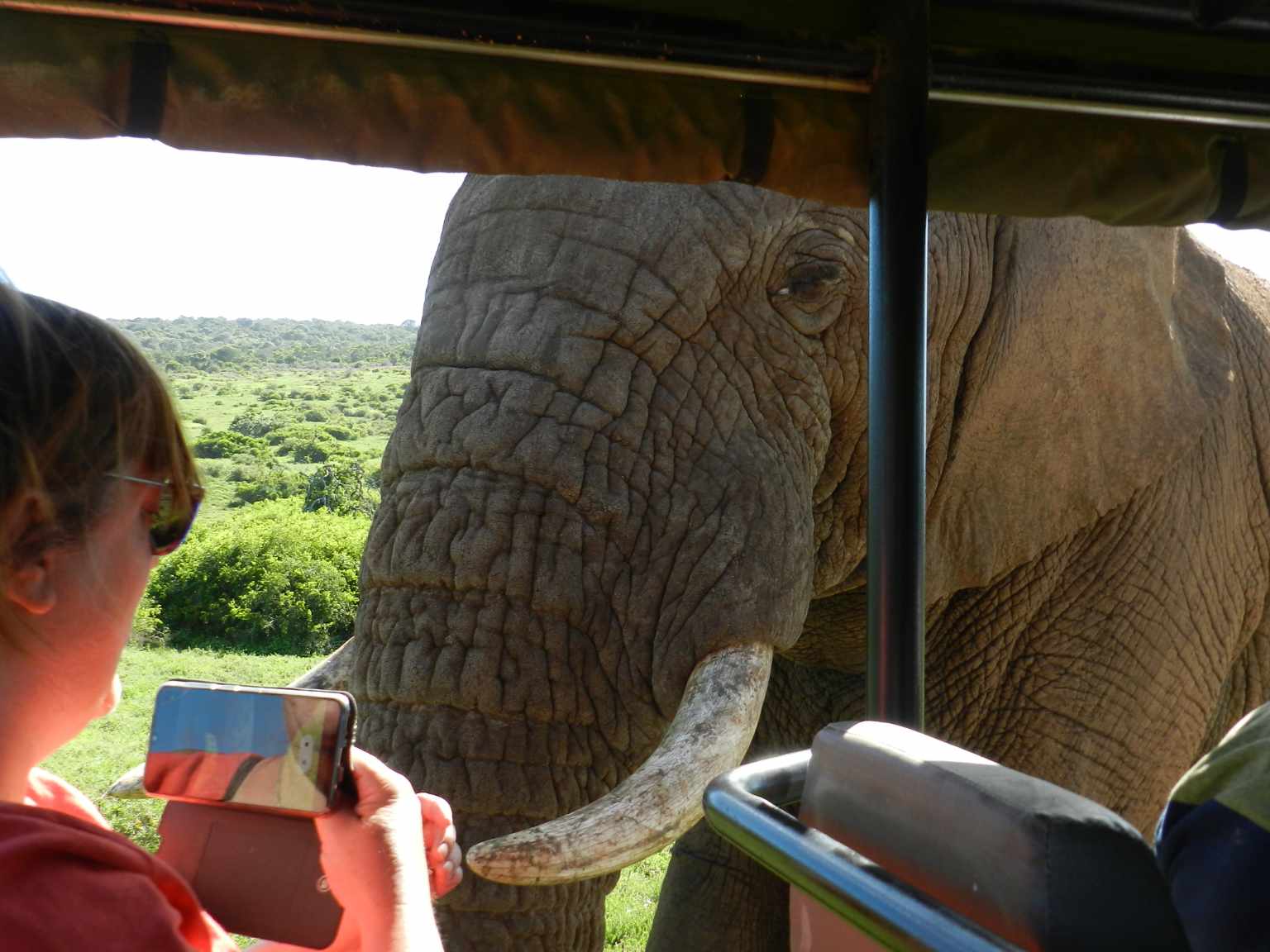
Hello Africa travellers!
Who am I? Well, the least you can say is that I am quite crazy about Africa, its nature, its climate, its culture, and more.
As a young woman in my twenties, I had already traveled to several African countries by traveling along in an overlander on my own and mostly camping ( or glamping ) and just fell in love with the diversity of it all.
So much, so that at the age of 26, I went back to university to study biology, which, unfortunately, I couldn’t finish because of health reasons (yes, I got sick from a tropical disease, oh cynicism). But this did not stop my dream of traveling back to Africa several times, and I still do.
My dream was back then to leave Europe and go study animal behavior, especially the elephants (sure, that’s every girl’s dream haha), but I am also very much intrigued by hyenas and other “ugly African animals“.
So, I “kind of” have a little bit of a scientific approach to my articles, when I write about African birds, for example. And most of all: the passion.
But life goes on, you move from one side of the country to the other, you get sick again and top it off with lower back problems, and before you know it, you are over 50 hahaha!
Now, I still travel to Africa, but take it a bit “easier” than the good old camping days, and stay in comfortable, yet affordable accommodations, together with my husband Wouter.
These are some of the countries I have traveled to: Kenya, Tanzania, Zanzibar, Malawi, Zambia, Zimbabwe, South Africa, Namibia, Botswana, Tunisia, and a little bit of Lesotho LOL .
While clearly not being African territory, but Spanish, I also visited Gran Canaria and Tenerife, and location-wise, I consider them “African”, because of their climate and nature, sue me :-p
The last trip I took was to South Africa in the year 2023, and it sure got the fevers for Africa back! From the Barberton mountains to the Drakensberg and the Southcoast, one month wasn’t enough at all to see the whole country, so we’ll be back! At ease and with a little bit more luxury than in my younger days haha!
I wish you happy travels!
Kind regards
Lizzy

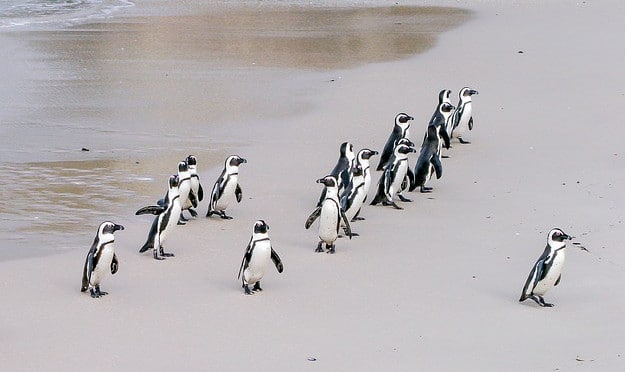

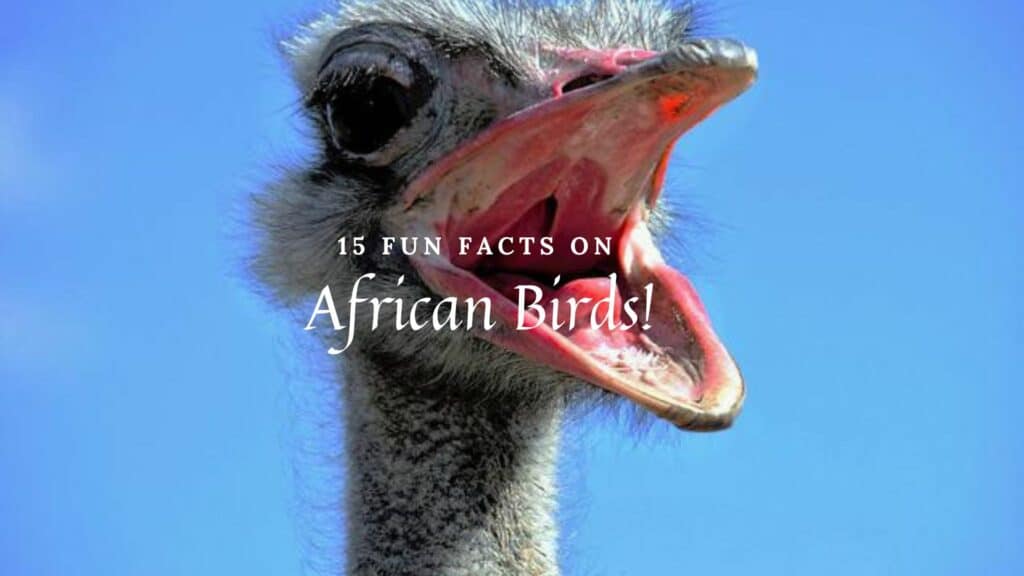
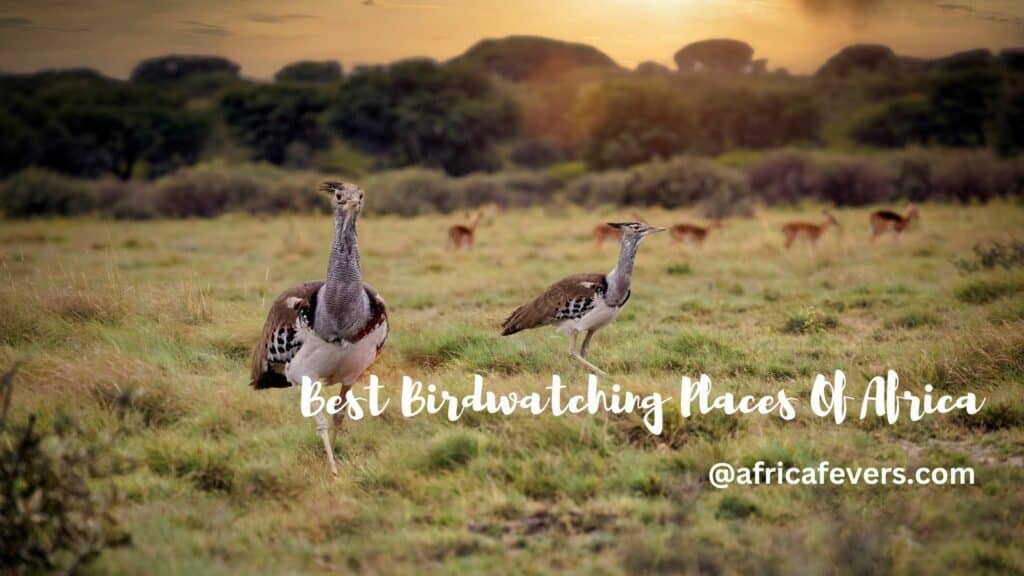
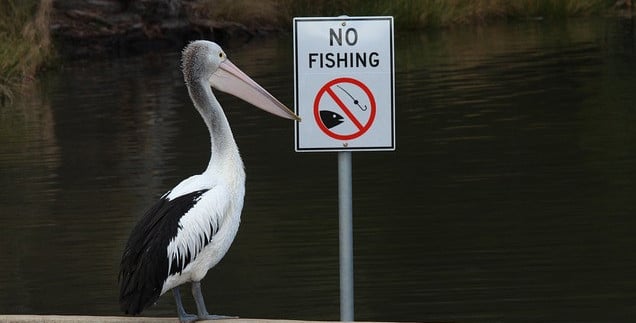
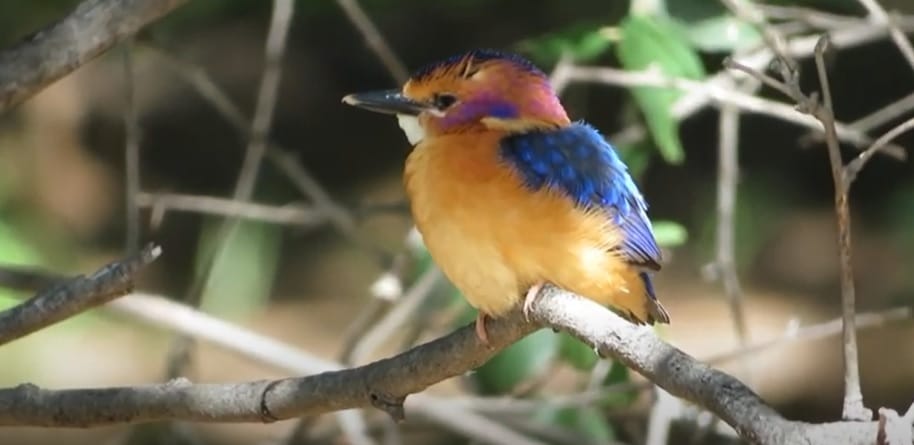

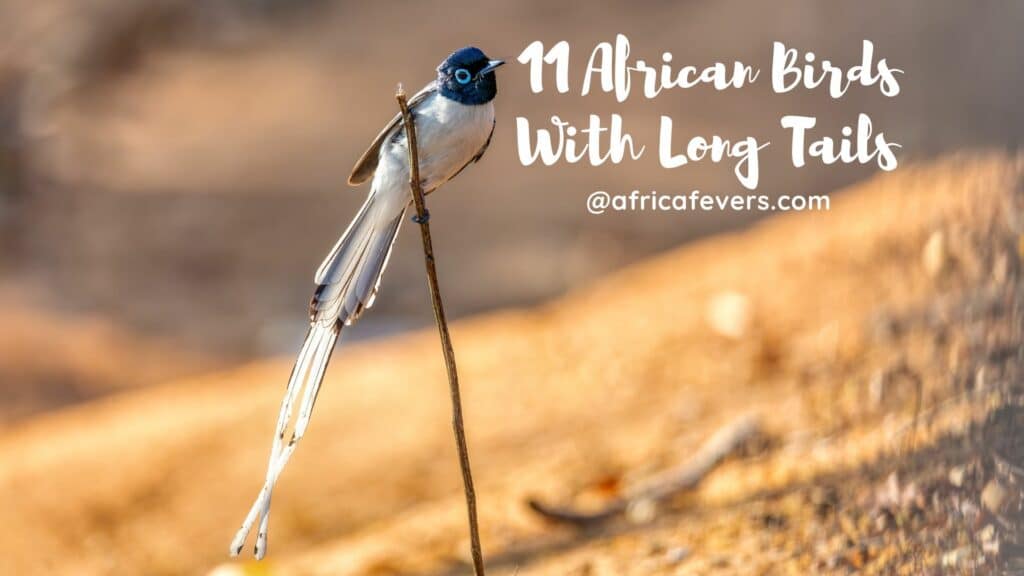
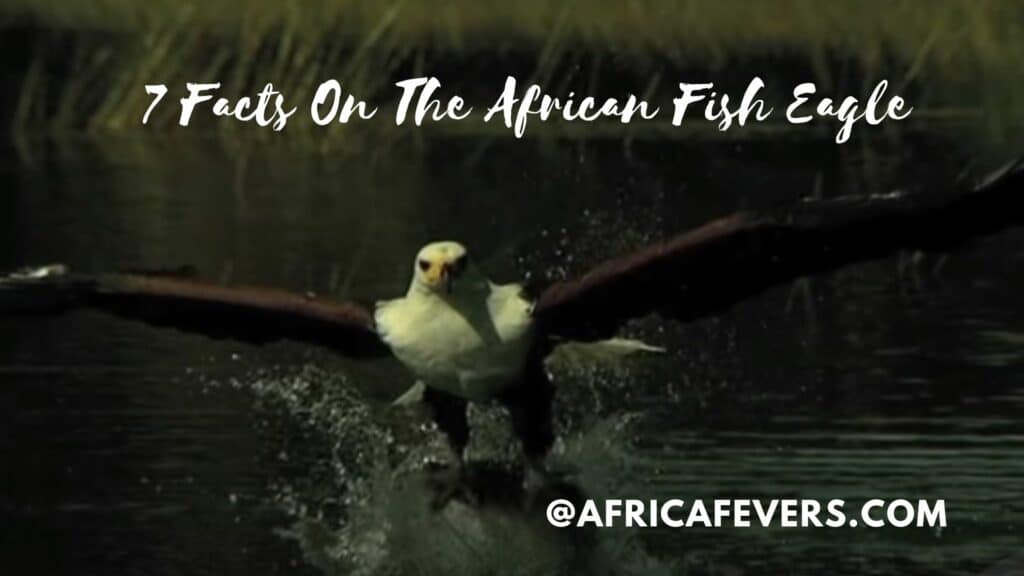
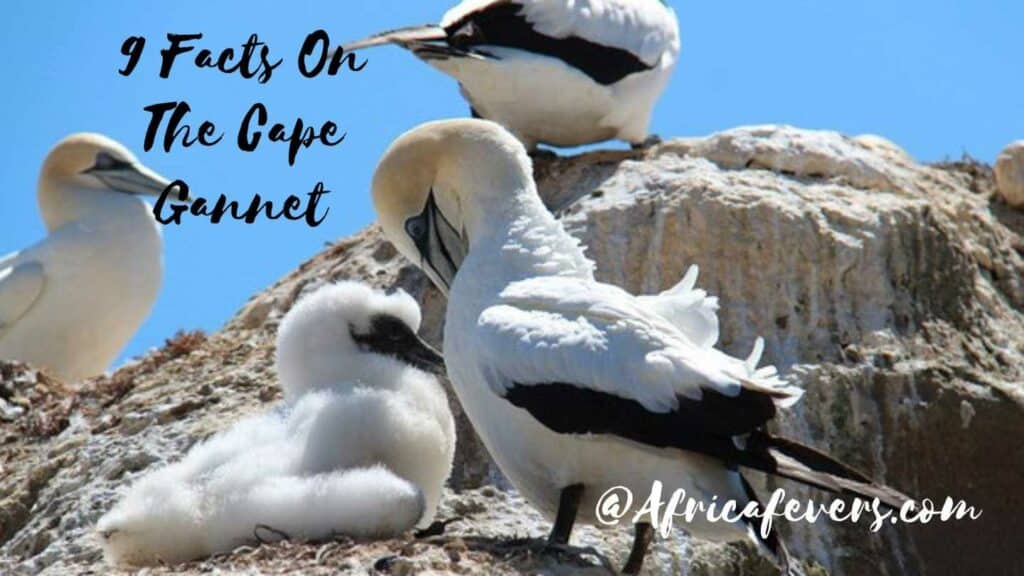
Hi Lizzy,
I just read your article on the Knysna Turaco, and I’m genuinely fascinated by this bird’s unique characteristics. I was surprised to learn that Turacos are the only birds with true red and green colors due to their unique pigments. It’s heartwarming to know they mate for life, showcasing a solid bond between the pairs.
Having worked for a long time in endangered bird conservation programs, I’m always eager to learn more about various species. The Knysna Turaco’s connection with local cultures, especially its significance among the Zulu, is intriguing.
Thank you for shedding light on this beautiful bird and its significance in South Africa. Your dedication to educating readers about Africa’s wildlife is commendable.
Warm regards,
Max.
Hi Max!
Thank you so much for your wonderful comment and how nice that you worked for a long time in endangered bird conservation programs!
All the best
Lizzy
The Knysna Turaco is an incredibly cool bird and seeing one in person is definitely on my bucket list! I am so glad that I got to learn more about them here to improve my chances of seeing one in person. While i knew that they resided in South Africa I didn’t realize that the population isn’t as large anymore, and they are only found in certain areas with mature forests. I will definitely keep those things in mind and plan to visit during their breeding season with hopes of getting to experience these incredible birds in person.
Hello there!
I hope that you will see this fantastic bird soon and thanks for your comment!
Kind regards,
Lizzy